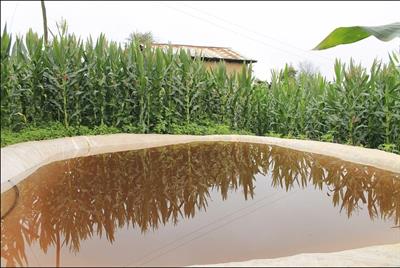
PUMPA - SMART LEARNING
எங்கள் ஆசிரியர்களுடன் 1-ஆன்-1 ஆலோசனை நேரத்தைப் பெறுங்கள். டாப்பர் ஆவதற்கு நாங்கள் பயிற்சி அளிப்போம்
Book Free DemoThere is no water shortage in our country, but effective water management is lacking.
Watershed management emphasises soil and water conservation to sustain and increase biomass production.
The goal is to develop primary resources of land and water, to produce secondary resources such as plants and animals in a way that does not create ecological imbalance. Watershed management also reduces droughts and floods and extends the life of downstream dams and reservoirs.
Various organisations have been striving to rejuvenate ancient water harvesting systems as an alternative to the ‘mega-projects’ like dams. In India, water harvesting has been practised for centuries. Ancient communities have used hundreds of indigenous water saving methods to absorb every trickle of water that has fallen on their land.
They had dug small pits and lakes, installed simple watershed systems, erected small earthen dams, built dykes, sand and limestone reservoirs, and installed rooftop water-collecting units. These has replenished groundwater levels and even revitalised rivers. Several states in the country have been using the age-old practices of water harvesting, which are still in use today and are as listed below:
| Rajasthan | Khadins, tanks and nadis |
| Maharashtra | Bandharasand Tals |
| Himachal Pradesh | Kulhs |
| Madhya Pradesh and Uttar Pradesh | Bundhis |
| Bihar | Ahars and pynes |
| Kandi belt of Jammu region | Ponds |
| Tamil Nadu | Eris (tanks) |
| Kerala | Surangams |
| Karnataka | Kattas |

Eri
Water harvesting techniques are largely location-specific, and the benefits are also localised. Giving people ownership over their local water resources reduces or eliminates mismanagement and overexploitation of these resources.